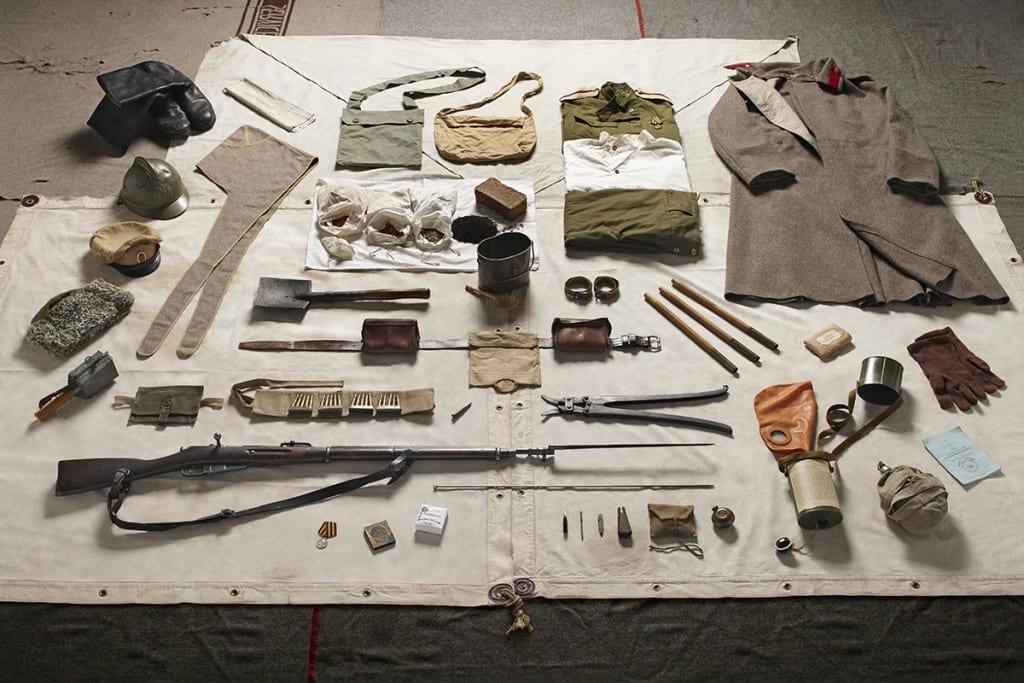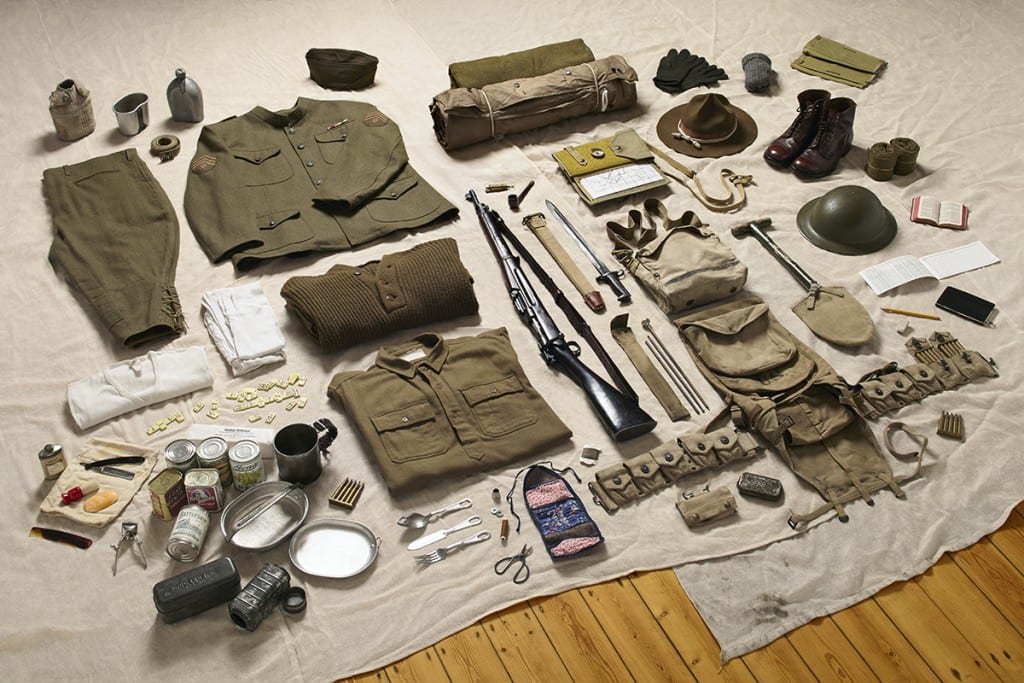First World War soldiers’ inventories
- Welcome to the PBS GAMETEAM's website, WE ARE RECRUITING. JOIN US and get a FREE VIP slot on our servers! -
- Our Thanks to Adaari, balz, hal, Bron,Yordy,Jonathan,Jozsef,BradJerney, wenz,Martin,Barry,chris, Ruben, Itsvan, Marko, Lan, Valter, Erik, joe, Matthew, Alois, Graig, Jason, caveman,Edwards, Jaimie, Ondre, Toby,Google, Phill, Gchrome,cramer,Rick,Jermey, lucas, kold, Roberto, Farq,Xiaton, Karlo, Rainman, Erik, Andrea and a very special thanks to our great premium members: Pon, Smekkes, Muttonchop,Krabbepote, Stoommeester, arjan, Xillax, Kapsta, Alexander,Duck, HausserBG, Bravecoward, Reint,Bas,Batuhan, Gunnar,Nuttycake,CJ Mini,tworooms,Jeffrey, Swag, Waverider, Sheepfarmer and Oberfield!for supporting the PBS GAMETEAM! -
- Do you like our servers or site? Support us on this page -
- Do you have a question? contact us -
- Join our Discord! -
- Check our latest news about our PBS games on this link -
- Would you like to donate for our servers? Please check this link -
- We are the best HLL, ARMA, BB, RS2, MW3 community out there! Sign up today! -
- Like us on Facebook! -
- Like us on Twitter! -
- We have many new wars! Check and signup here pls -
- Join our latest community event #here! -
- This topic has 1 reply, 1 voice, and was last updated 4 years, 8 months ago by
 Powerbits.
Powerbits.
-
AuthorPosts
-
-
04/07/2016 at 06:17 #8742
Photographer Thom Atkinson has revisited his 2014 series on historical military equipment and focused on the kit that soldiers from Britain, France, Germany, Russia and the US took into battle during the First World War.
In 2014, we wrote about Atkinson’s first detailed look at this subject: his documentation of soldiers’ inventories from a range of campaigns and battles including Hastings (1066), Bosworth (1485) and Naseby (1645), up to the Falklands (1982) and Helmand Province, Afghanistan – the latter showing the kit used by a Close Support Sapper of the Royal Engineers.
Atkinson’s latest series, which again appeared in the Telegraph magazine (Saturday June 18), looks at the military kits used by Britain, France, Germany, Russia and the US during the First World War.
Image at top of post: Equipment of a British Sergeant in the Battle of the Somme, 1916, supplied by Nigel Bristow, The Queen’s Own Royal West Kent Regiment. Above: Equipment of a German Private in the Battle of the Somme, 1916, collection provided by Paul Bristow, Croix de Guerre Living History Group.
Christopher Howse’s article which accompanied the images contains some sobering observations on how the kits evolved during the course of the war. For example, “When the Americans entered the war in 1917, they wore campaign hats of beaver-coloured felt with a cord band,†Howse writes.
“They quickly opted for French or British steel helmets, settling on the latter. The Germans began by wearing boots that covered the calves. These might be pulled off by the mud of no man’s land. Leather shortages led to the adoption of ankle boots worn with puttees – strips of bandage wound around the lower leg.
“As for camouflage, the French started the war with red trousers and red kepis on their heads. The kepis were soon covered in duller fabric, as was the steel Adrian helmet introduced in 1915. All sides carried a cut-throat razor, a needle and thread, and a little Bible, prayer book or icon.â€
The kit of a French Private Soldier in the Battle of Verdun, 1916, collection provided by Paul Bristow, Croix de Guerre Living History Group.
The equipment featured in Atkinson’s series comes from a range of collectors – Nigel Bristow (The Queen’s Own Royal West Kent Regiment) supplied the kit from a British Sergeant in the Battle of the Somme, 1916; while Paul Bristow (Croix de Guerre Living History Group) provided the equipment as used by a French Private Soldier in the Battle of Verdun, 1916 and a German Private in the Battle of the Somme.
Interestingly, the kit belonging to a member of the Russian army was in fact used by a member of the 1st Russian Women’s Battalion of Death (supplied by Bruce Chopping, Ian Skinner and Laura Whitehouse of the 1914-21 Society).
“In 1917, before the Bolshevik October revolution, battalions of women soldiers were formed,†Howse writes. “This kit is of a mladshi unteroficier (junior NCO).â€
Howse also notes that the female soldiers, like their male counterparts, wore a pullover shirt-tunic called a ‘gymnasterka’. “The hood with two tails laid out next to [the helmets and hats on the left] is a bashlik, worn over the head and wrapped around the face. Soldiers were forbidden to wear it unless the temperature had fallen below -5C.â€
Equipment from the 1st Russian Women’s Battalion of Death, supplied by Bruce Chopping, Ian Skinner and Laura Whitehouse of the 1914-21 Society.
US Infantryman (Doughboy), arrival in France, 1917. Equipment provided by: Lee Martin, historical adviser, collector and living historian
-
18/10/2020 at 16:48 #53802
+
-
-
AuthorPosts
- You must be logged in to reply to this topic.






